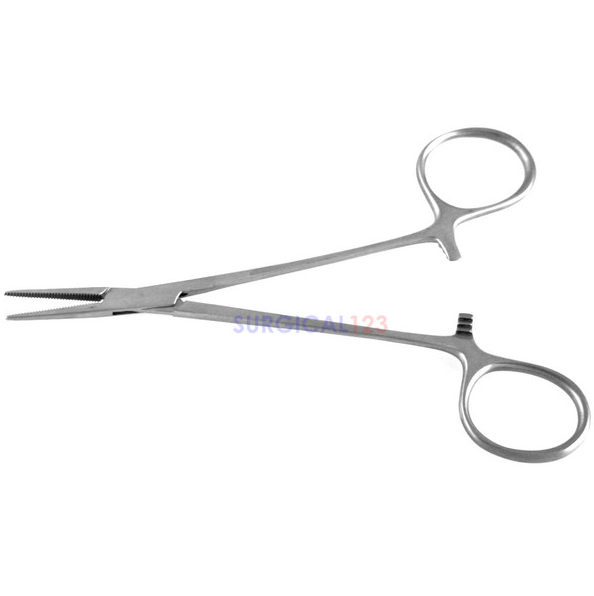How to Sterilize Halsted Mosquito and Rochester Carmalt Forceps: Maintaining Aseptic Conditions

Sterilization is a cornerstone of maintaining aseptic conditions in medical procedures. In the realm of surgical instruments, Halsted Mosquito Forceps and Rochester Carmalt Forceps play pivotal roles. Understanding the proper sterilization methods for these tools is paramount to ensuring patient safety and preventing infections.
Halsted Mosquito Forceps: Precision in Design
Halsted Mosquito Forceps, named after the renowned surgeon William Halsted, are hemostatic forceps characterized by their delicate tips and fine structure. Used for clamping small blood vessels, these forceps require meticulous care to maintain their integrity and functionality.
Rochester Carmalt Forceps: Versatility in Action
Rochester Carmalt Forceps, another indispensable tool in surgical settings, feature cross-serrated tips and a ratcheted locking mechanism. These forceps excel in gripping tissues and vessels with a firm, controlled grip. Their design demands proper sterilization to ensure optimal performance and infection prevention.
Sterilization Procedures for Halsted Mosquito Forceps and Rochester
Carmalt Forceps
- Pre-Cleaning Inspection: Before sterilization, visually inspect the forceps for any visible debris, blood, or tissue. Proper pre-cleaning ensures that the sterilization process is more effective.
- Ultrasonic Cleaning: Place the forceps in an ultrasonic cleaner filled with an enzymatic detergent solution. Ultrasonic vibrations dislodge any residual contaminants from the forceps' surfaces, reaching even the smallest crevices.
- Manual Cleaning: Thoroughly clean the forceps using a soft brush to remove any remaining debris. Pay close attention to the joints and serrations to ensure a complete removal of contaminants.
- Rinsing: Rinse the forceps with distilled water to eliminate detergent residues. Proper rinsing is crucial to prevent chemical interactions during the sterilization process.
- Packaging: Place the forceps in sterilization pouches or wraps designed for medical instruments. Ensure that the packaging is compatible with the chosen sterilization method.
- Autoclaving: Autoclaving is the most common method for sterilizing surgical instruments. Follow manufacturer guidelines for autoclave settings, including temperature, pressure, and duration. Steam penetrates the packaging and kills microorganisms effectively.
- Chemical Sterilization: Some materials may not withstand autoclaving. In such cases, chemical sterilization methods, like ethylene oxide gas, can be employed. Ensure proper aeration post-sterilization to remove residual gases.
- Sterility Monitoring: Regularly monitor and validate the sterilization process through biological indicators and chemical indicators. This ensures that the instruments consistently meet the required sterility standards.
Surgical123: Your Partner in Quality Instruments
For healthcare professionals seeking high-quality surgical instruments, Surgical123 stands as a reliable source. Offering an array of precision tools, including Halsted Mosquito Forceps and Rochester Carmalt Forceps, Surgical123 prioritizes quality and performance.
Wrapping Up
Maintaining aseptic conditions in medical settings is non-negotiable, and proper sterilization of instruments like Halsted Mosquito Forceps and Rochester Carmalt Forceps is a critical component of this commitment. By adhering to stringent sterilization protocols, healthcare providers uphold the highest standards of patient safety and contribute to the overall success of medical procedures. Choose Surgical123 for instruments that blend precision with quality, ensuring that every surgical intervention benefits from the best in the field.
Recent Posts
-
NIH to invest another $515M over four years for long Covid research
NIH to invest another $515M over four years for long Covid researchRead more at: https://www.fierceb …Feb 15th 2024 -
Proper Storage and Maintenance Tips for Brown Adson Thumb Forceps and Curved Kelly Forceps
Surgical instruments play a pivotal role in medical procedures, and ensuring their longevity is ess …Jan 9th 2024 -
Choosing the Right Beaver Blade Handle for Precision in Surgery
Surgeons, in their pursuit of precision and efficiency, understand the significance of selecting th …Jan 8th 2024